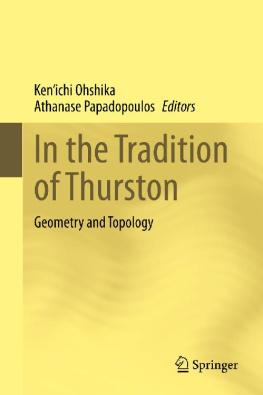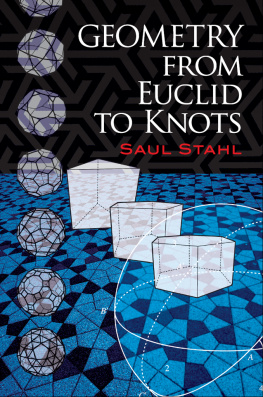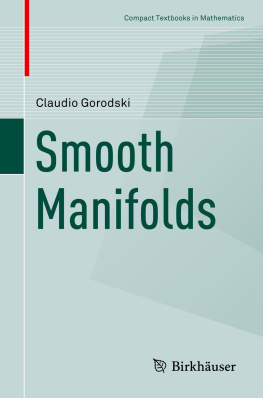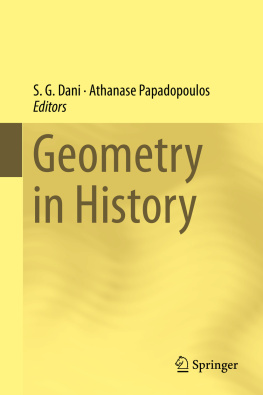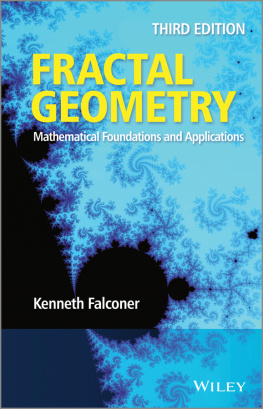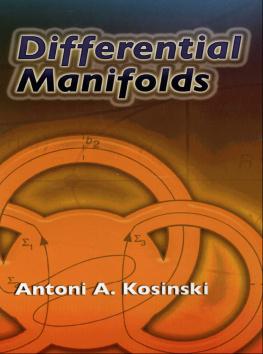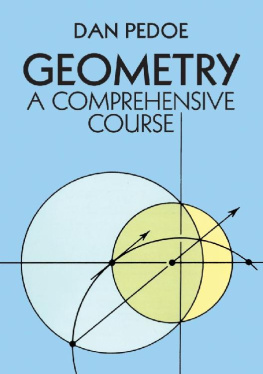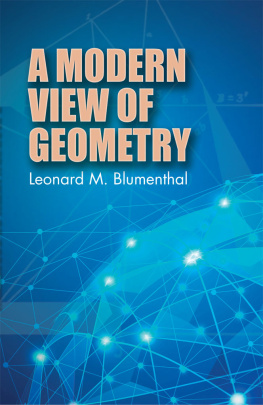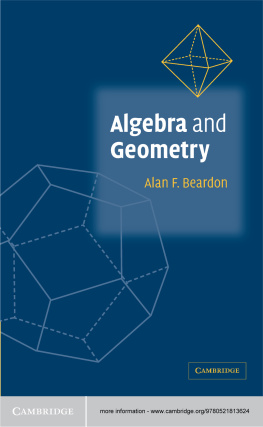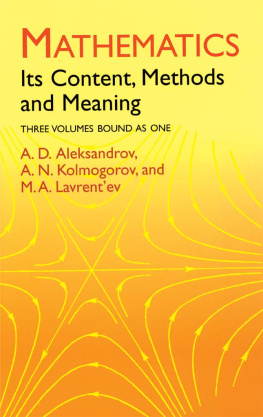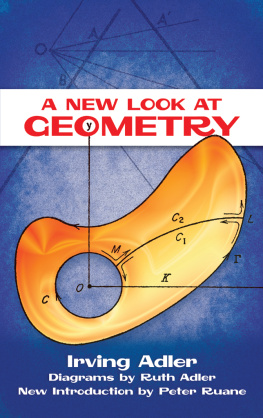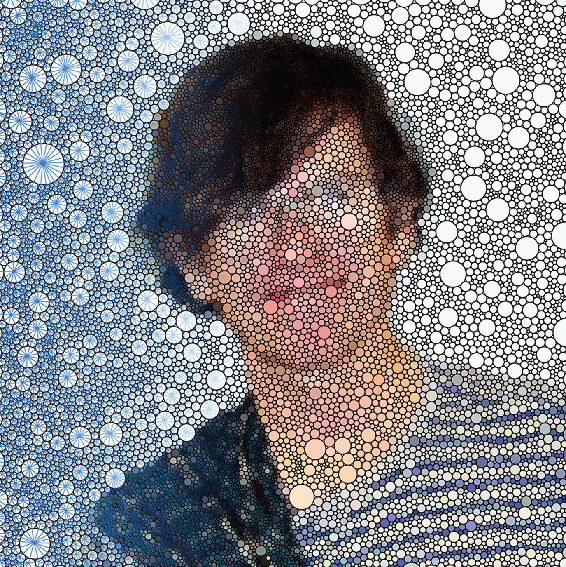Editors
Kenichi Ohshika
Department of Mathematics, Gakushuin University, Tokyo, Japan
Athanase Papadopoulos
Institut de Recherche Mathmatique Avance, CNRS et Universit de Strasbourg, Strasbourg, France
ISBN 978-3-030-55927-4 e-ISBN 978-3-030-55928-1
https://doi.org/10.1007/978-3-030-55928-1
Mathematics Subject Classification (2010): 32G15 30G60 57M25 57M50 57M60 57M07
Springer Nature Switzerland AG 2020
This work is subject to copyright. All rights are reserved by the Publisher, whether the whole or part of the material is concerned, specifically the rights of translation, reprinting, reuse of illustrations, recitation, broadcasting, reproduction on microfilms or in any other physical way, and transmission or information storage and retrieval, electronic adaptation, computer software, or by similar or dissimilar methodology now known or hereafter developed.
The use of general descriptive names, registered names, trademarks, service marks, etc. in this publication does not imply, even in the absence of a specific statement, that such names are exempt from the relevant protective laws and regulations and therefore free for general use.
The publisher, the authors and the editors are safe to assume that the advice and information in this book are believed to be true and accurate at the date of publication. Neither the publisher nor the authors or the editors give a warranty, expressed or implied, with respect to the material contained herein or for any errors or omissions that may have been made. The publisher remains neutral with regard to jurisdictional claims in published maps and institutional affiliations.
This Springer imprint is published by the registered company Springer Nature Switzerland AG.
The registered company address is: Gewerbestrasse 11, 6330 Cham, Switzerland
Preface
This is the first of a series of three volumes consisting of essays on Thurstons contribution to mathematics, its development and its impact.
The present volume contains 16 chapters. Some of them are surveys of Thurstons works on several topics, including knot theory, geometrization of 3-manifolds, Kleinian groups, circle packings, the complex projective geometry of surfaces, and laminar groups. Other chapters are overviews of works that are directly inspired by Thurstons ideas. They include topics such as the dynamical and counting problems for curves on hyperbolic surfaces, the study of surfaces of infinite type and their mapping class groups, the complex-analytic geometry of Teichmller space, a stratification of moduli spaces of polynomials, and there are two chapters dedicated to the recent activity on anti-de Sitter geometry and quasi-Fuchsian co-Minkowski manifolds, two theories whose development follows closely Thurstons ideas that he introduced in his study of hyperbolic geometry.
All the chapters in this volume are self-contained and peer-reviewed. They are intended to be references for students and researchers who want to learn Thurstons works and ideas.
We take this opportunity to thank the various colleagues and friends who participated in the preparation of this volume, in particular the authors of the various chapters and those who read and refereed them. We are especially grateful to Vincent Alberge for his enthusiasm and help at an early stage of this project. We also thank Elena Griniari for her kind editorial support.
Whereas the present volume carries the subtitle Geometry and Topology, those of the two forthcoming volumes will be Geometry and Dynamics and Geometry and Groups.
These three volumes are above all a tribute to Bill Thurston, for his unique way of perceiving forms and patterns and of communicating, writing mathematics, and sharing it with others. They are an expression of our gratitude for him and our fascination for his work; he is one of the greatest (if not the greatest) geometers of modern times.
Introduction
A casual mathematician reading the title of this book may ask: What is the tradition of Thurston? He may also ask: In what field is there a tradition of Thurston?
Let us start by commenting on these questions.
The second question is easier to answer than the first. In fact, with his personal style, Thurston marked indelibly geometry, topology, group theory, and dynamics. His work also had a strong impact on ergodic theory, complex analysis, and discrete geometry. It also influenced combinatorics, algebraic geometry, computer science, and mathematics education. It is not that Thurston passed from one topic to another, but he considered all these topics as a single one; he was able to see the unity of mathematics. Above all, Thurston inaugurated a new way of understanding, communicating mental images, sharing ideas, and writing mathematics. He had a personal and unconventional opinion on what is mathematics about, and on why we do mathematics. He liked to share his mathematics and also his ideas on all sorts of questions. In response to a person asking on MathOverflow: What can one (such as myself) contribute to mathematics? Thurston responded:
Its not mathematics that you need to contribute to. Its deeper than that: how might you contribute to humanity, and even deeper, to the well-being of the world, by pursuing mathematics? Such a question is not possible to answer in a purely intellectual way, because the effects of our actions go far beyond our understanding. We are deeply social and deeply instinctual animals, so much that our well-being depends on many things we do that are hard to explain in an intellectual way. That is why you do well to follow your heart and your passion. [] The product of mathematics is clarity and understanding. Not theorems, by themselves. [] The world does not suffer from an oversupply of clarity and understanding (to put it mildly). How and whether specific mathematics might lead to improving the world (whatever that means) is usually impossible to tease out, but mathematics collectively is extremely important. [] In short, mathematics only exists in a living community of mathematicians that spreads understanding and breathes life into ideas both old and new. The real satisfaction from mathematics is in learning from others and sharing with others. All of us have clear understanding of a few things and murky concepts of many more. There is no way to run out of ideas in need of clarification. The question of who is the first person to ever set foot on some square meter of land is really secondary. Revolutionary change does matter, but revolutions are few, and they are not self-sustainingthey depend very heavily on the community of mathematicians.
Giving an answer to the first question, on what is the tradition of Thurston, is not easy. Skimming the various chapters of the present volume will hopefully give a good idea of what the mathematics underlying this tradition is about. Our wish in publishing this book and the sequel is to contribute to the perpetuation of Thurstons ideas.
The present volume is divided into 16 chapters, of which we now give an outline.

